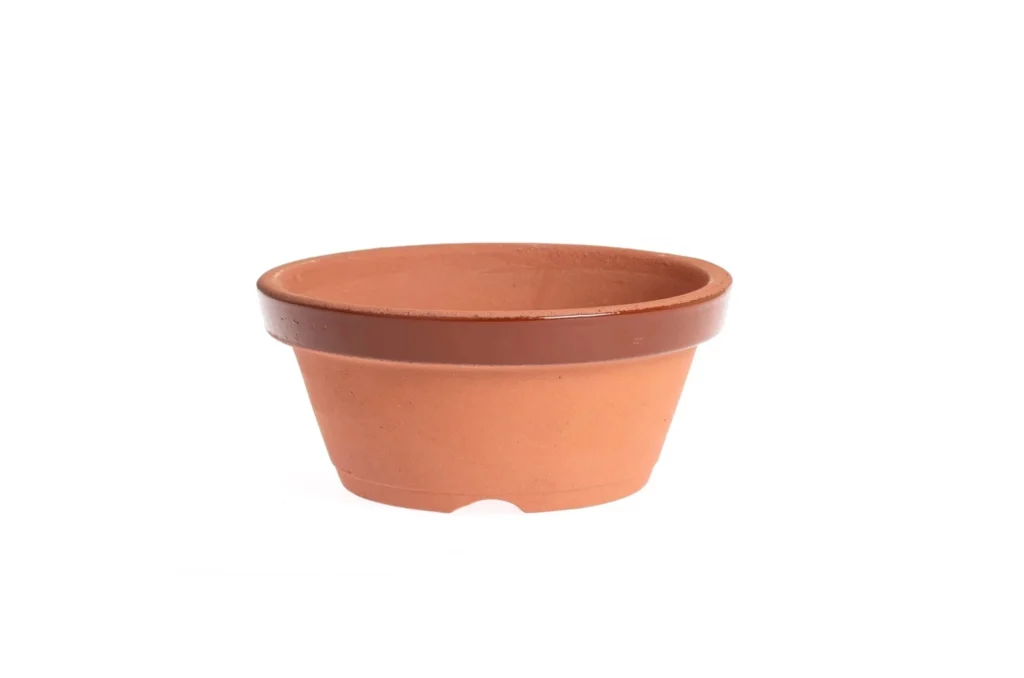Currently Empty: 0.00€
Bonsai Training Pots
Introducción
The art of bonsai is an ancient tradition that combines horticulture and aesthetics. For those new to this fascinating world, training pots are an essential tool. In this article, we will explore in depth the features and benefits of bonsai training pots, focusing on material, size, and drainage.
Importance of Training Pots
Before a bonsai reaches its final pot, it is vital that it goes through a training period. This process allows the tree to develop a strong and healthy root system. Training pots play a crucial role at this stage, offering the right space and conditions for root growth and development.
Training Pot Materials
Ceramic: The Ideal Option
Ceramic pots are widely recommended for bonsai training. Ceramic has properties that make it ideal for this purpose:
- Perspiration: Ceramic is a porous material that allows good air circulation, which is crucial for root health. Transpiration prevents the accumulation of excessive moisture, reducing the risk of root rot.
- Thermal stability: Ceramic helps maintain a constant temperature in the substrate, protecting the roots from sudden changes in temperature that can be harmful to the bonsai.
- Durability: Ceramic pots are durable and can last for many years if properly cared for, making them a long-term investment for any bonsai hobbyist.
Size and Shape of Training Pots
Amplitude
A training pot should be wide enough to allow the roots to expand and grow freely. Unlike permanent pots, which are usually smaller and tighter to maintain the size of the tree, training pots offer the space necessary for robust development of the root system.
Depth
The depth of the pot is also important. Although it should not be excessively deep, it should provide enough space for vertical root growth. Adequate depth helps the main roots develop properly and allows for better nutrient absorption.
Drainage in Training Pots
Good drainage is essential for the health of the bonsai. Too much water can cause root rot and other moisture-related problems. Training pots should have multiple drainage holes to ensure that water drains away quickly, avoiding waterlogging.
Drainage Design
- Multiple Holes: It is recommended that the pot have several drainage holes evenly distributed. This ensures efficient water flow and prevents water buildup anywhere in the pot.
- Elevation: Some training pots have small legs or elevations on the base. This allows the water to drain completely and not be trapped at the bottom of the pot.
Conclusion
Bonsai training pots are an essential tool for any bonsai enthusiast. Choosing a large ceramic pot with good drainage ensures that the bonsai develops a healthy and strong root system, preparing it for its eventual transplant into a permanent pot. Investing in a good training pot is investing in the future of your bonsai, ensuring its long-term health and beauty.
In our online store www.bonsaipots.com , we offer a wide selection of ceramic training pots, designed specifically to meet the needs of your bonsai. Explore our collection and choose the perfect pot to start or continue your journey into the wonderful world of bonsai.


